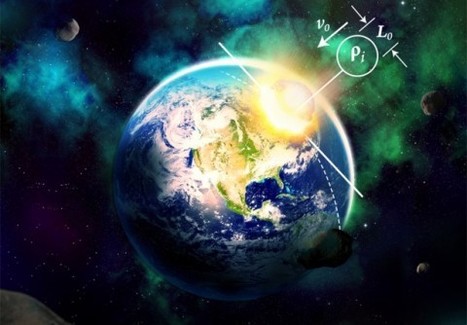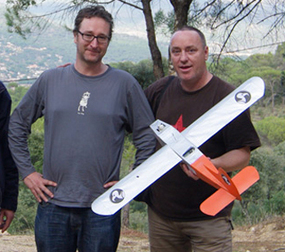Research and publish the best content.
Get Started for FREE
Sign up with Facebook Sign up with X
I don't have a Facebook or a X account
Already have an account: Login

 Your new post is loading... Your new post is loading...
 Your new post is loading... Your new post is loading...
|
|













In a nutshell, Impact: Earth! is an interactive tool that lets anyone calculate the damage a comet or asteroid would cause if it happened to collide with our planet. You can customize the size and speed of the incoming object, and then find out if mankind survives. (Usually it does.) A grainy primer appears below.